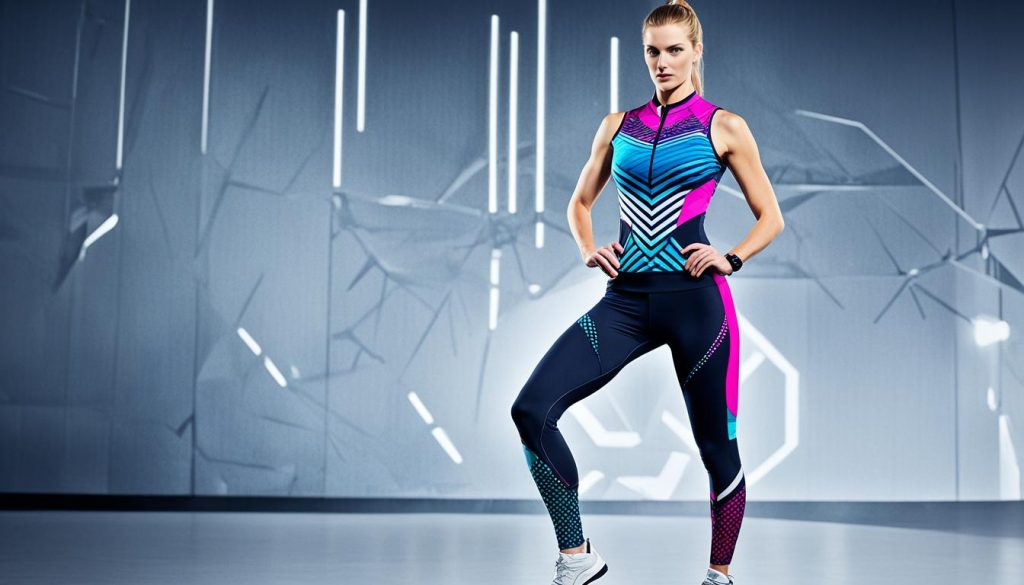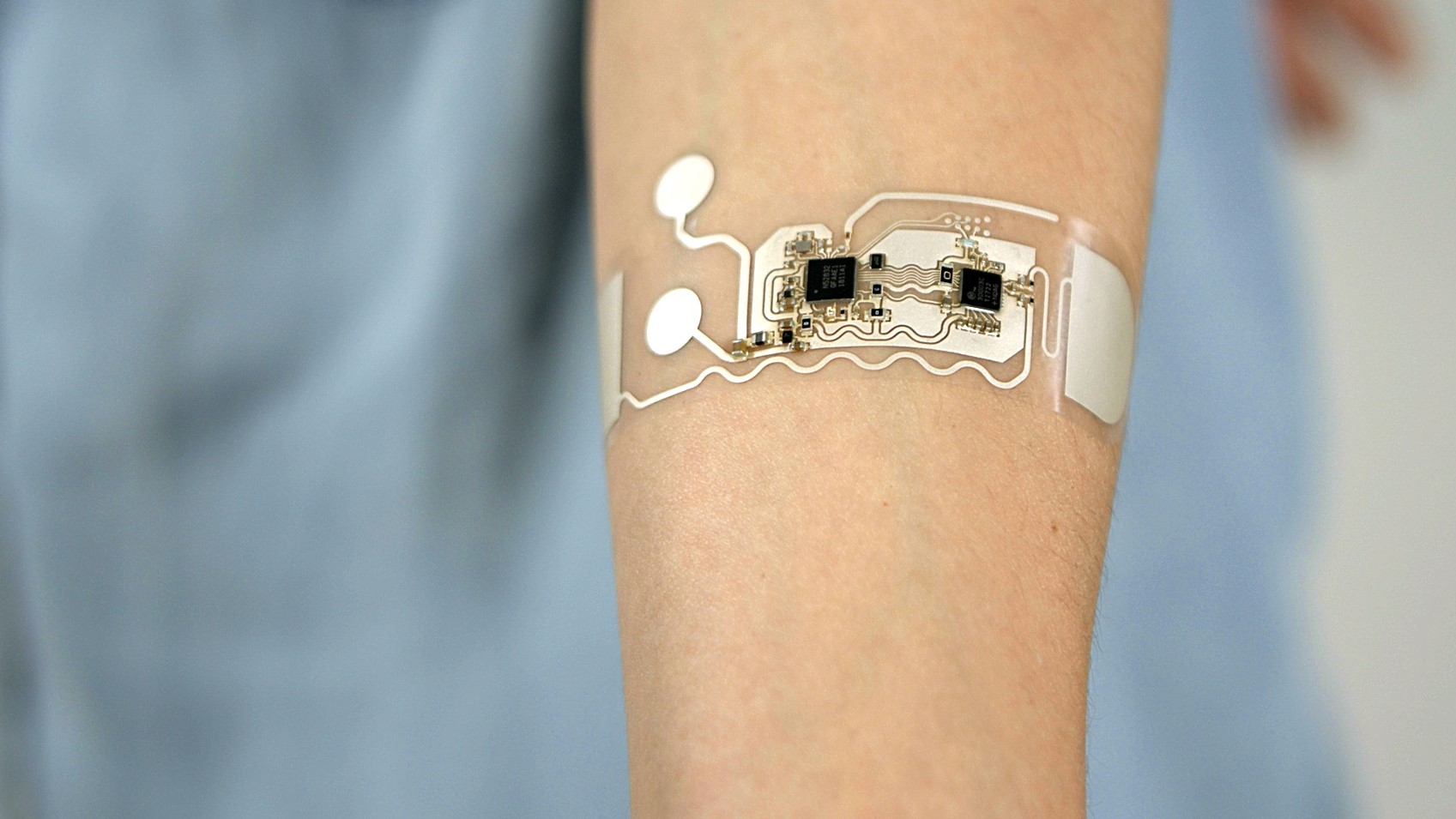In the realm of professional sports, injury prevention has become a major area of focus, and data analytics—powered by wearable technology—is at the forefront of this evolution. Devices like GPS trackers, heart rate monitors, and motion sensors collect thousands of data points during every training session. These metrics, ranging from acceleration patterns to joint stress levels, are fed into advanced analytical models to predict fatigue and potential injury risk before symptoms even appear. Teams in the NBA, NFL, and Premier League are already integrating these insights to tailor training loads and reduce time lost to injury.
What makes this approach so effective is its ability to combine historical injury data with real-time performance metrics. Machine learning algorithms can flag anomalies in a player’s movement or workload, prompting coaches and medical staff to intervene early. For example, if a player’s sprint frequency drops subtly over several sessions, the system might detect early signs of hamstring strain risk. This proactive approach allows athletes to train smarter, not just harder, ensuring peak performance with reduced health setbacks.
As sports science continues to advance, wearable tech and predictive analytics are becoming essential components of athlete care and performance strategy. By minimizing injuries, teams not only protect their multimillion-dollar investments but also maintain consistency and competitiveness. The integration of data analytics into injury prevention highlights a growing trend in sports—where technology isn’t just enhancing performance, but safeguarding the very athletes who make the game possible.






